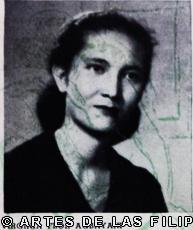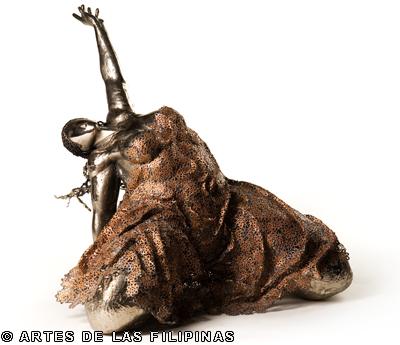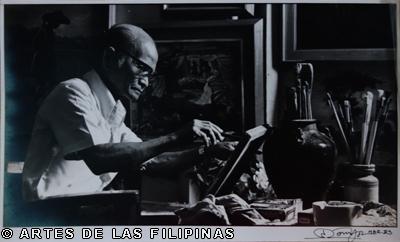
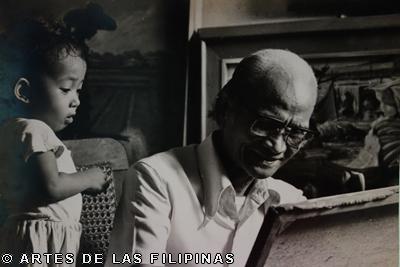
Federico Estrada: The Forgotten Great
by: Christiane L. de la Paz
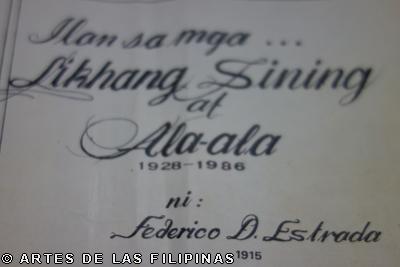
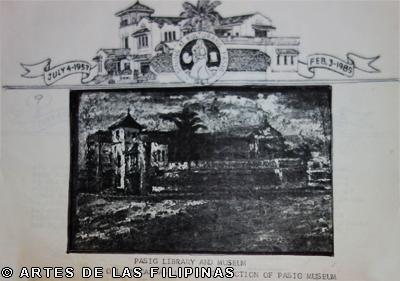
Pasig Library and Museum
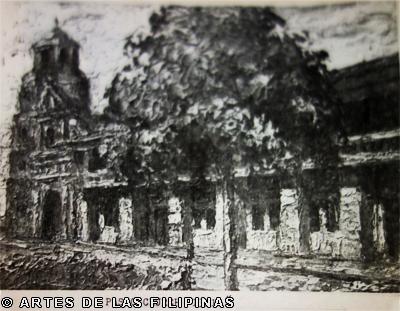
Pasig Church
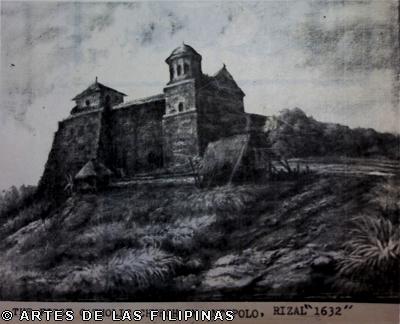
The First Catholic Church in Antipolo
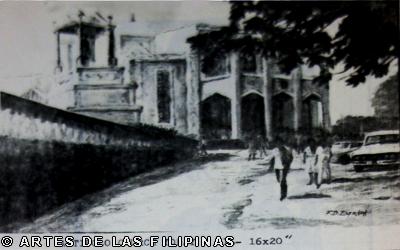
Antipolo Church Today
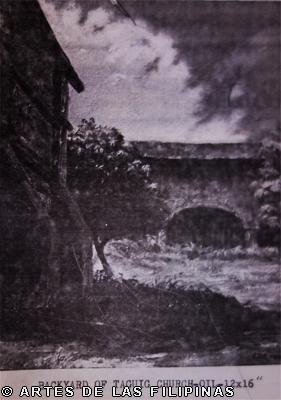
Backyard of Taguig Church
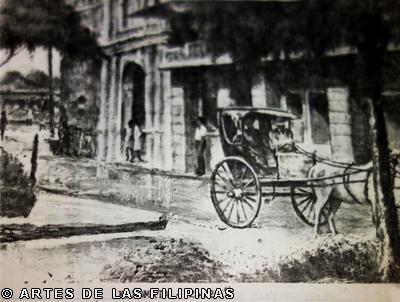
Karomata
On March 8, 1946, Estrada participated in his first group exhibition with Fernando Amorsolo, Botong Francisco, Vicente Manansala, among others. This group show was sponsored by the N.T.C Art Club in Tanduay, Manila. From 1951-1953, a number of his works won top prizes at the Art Association of the Philippines. But because he had a large family to feed, he turned mostly to painting for livelihood. “Sumisikat at tumatanyag ang ibang artista dahil sila ay mayayaman, lagi silang nangingibang bansa at laging laman ng pahayagan, sobra ang publisidad kung kaya tanyag na tanyag” he once lamented.
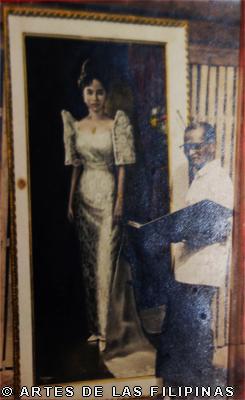
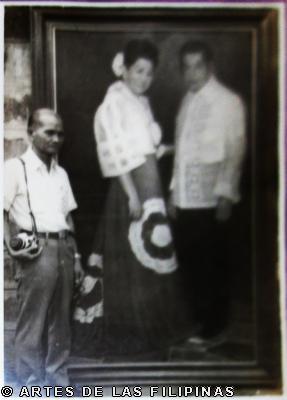
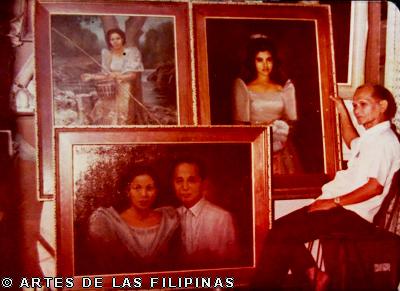
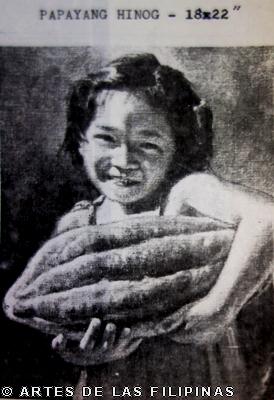
Papayang Hinog
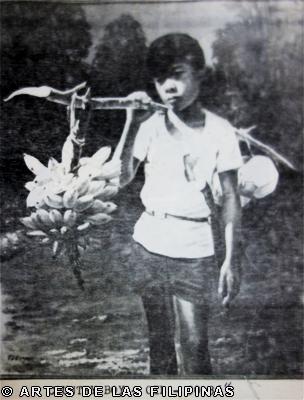
Country Boy
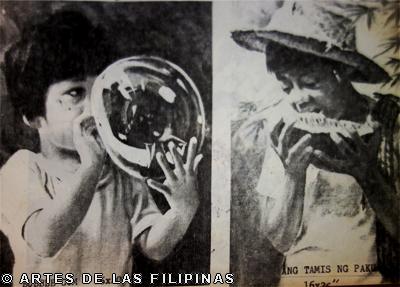
Bubble Gum and Ang Tamis ng Pakuan
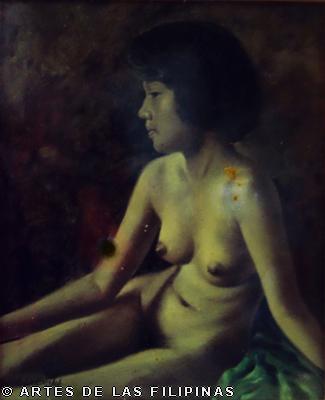
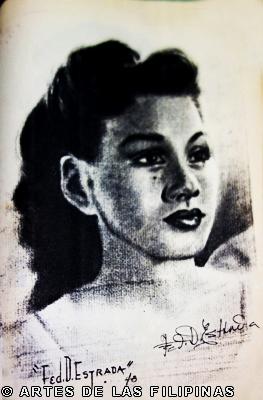
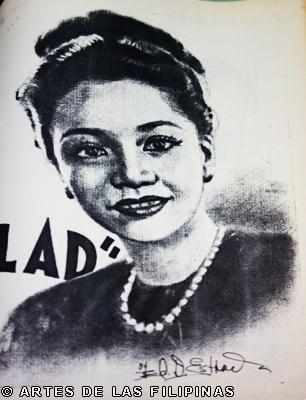
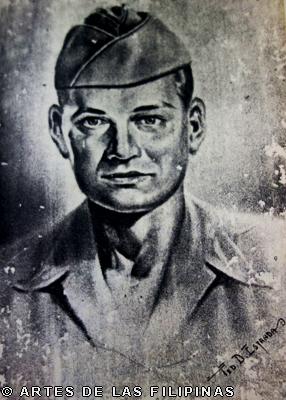
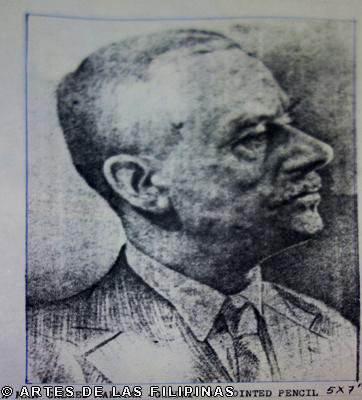
A Man Called Mahatma Gandhi
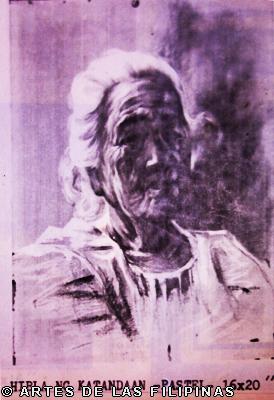
Hibla ng Katandaan
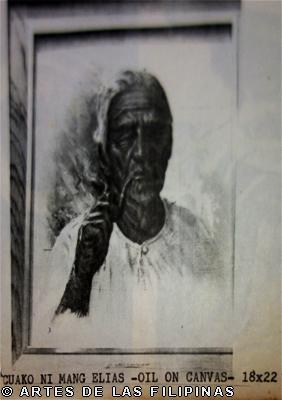
Cuako ni Mang Elias
Estrada’s paintings consisted of portraits of newlyweds, rural landscapes, mythology and genre scenes. Market vendors, coffee farmers, housewives haggling over coconut heads to be grated at home, washerwoman bent on her laundry, neighbors doing their everyday work despite the rising floodwater, unharried women under wide umbrellas and naked children bathing by clay tapayans were images he often depicted.
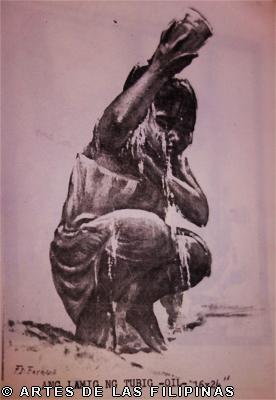
Ang Lamig ng Tubig
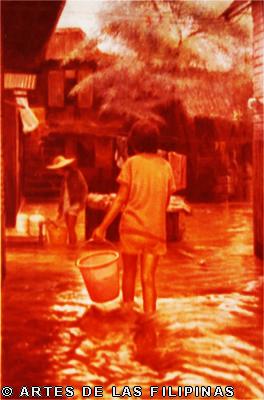
Baha
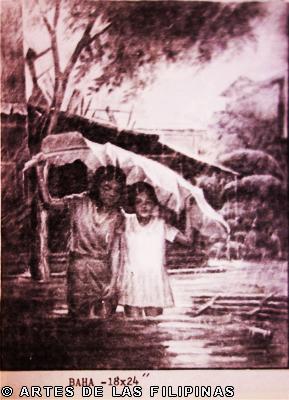
Baha
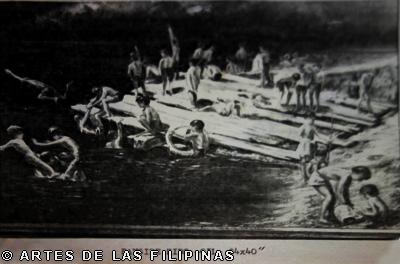
Bayside Kids
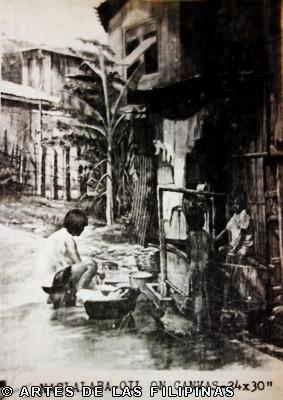
Naglalaba
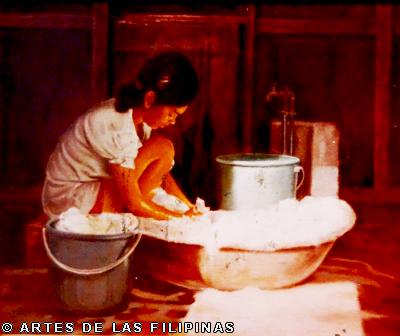
Naglalaba
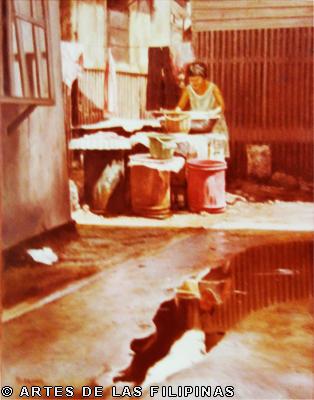
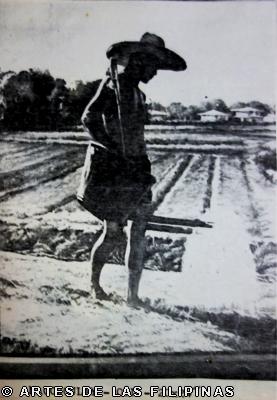
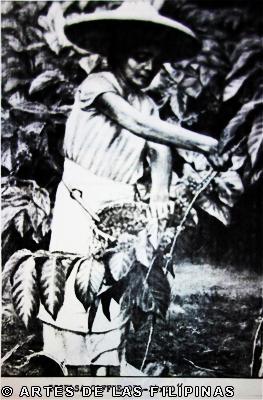
Igselsa Coffee
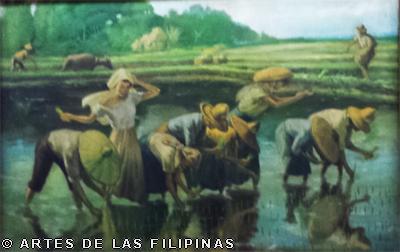
Magtanim ay Di Biro
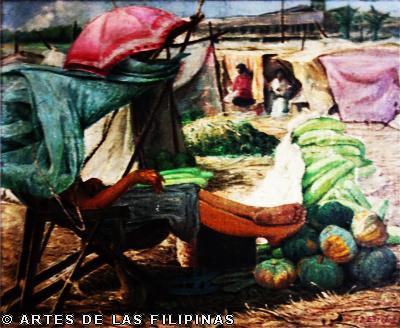
Maggugulay
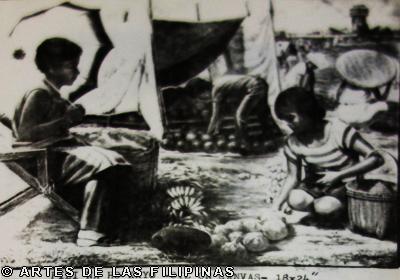
Pili Na Ho Kayo
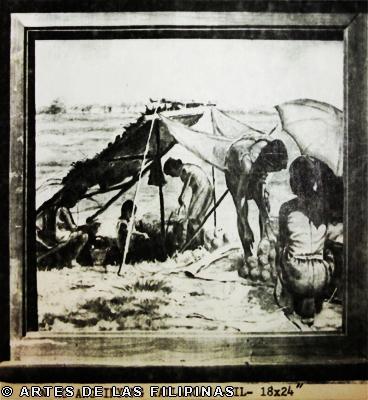
Ilan Ho Ang Inyong Kailangan
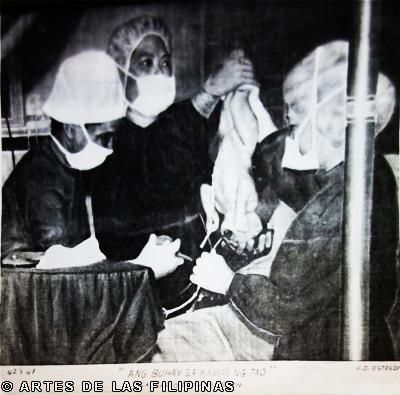
Ang Buhay sa Kamay ng Tao
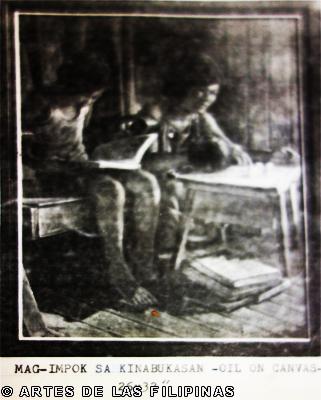
Mag-Impok sa Kinabukasan
In the ensuing years, Estrada participated mostly in group shows and his obsession in his twilight years was to have a one-man show. “Why, just to have a 33 by 40 painting frame, you’ll have to spend P170 and that’s almacega wood,” he narrated. “If you buy ordinary wood, that will be P65 pero hindi maganda. I need at least to have 24 frames. Malaking capital ang involved. Kaya I’ll try my best. I don’t want group shows anymore.” Too often, a collector would come up to him and ask how much his painting cost. “I price it P1600 and the customer says I’ll get it for P1200. Ang hirap,” he complained. Two of Estrada’s monumental works was his ornamental design of the chapel and pavillon of the Malacanang Palace Chapel and the three-panel mural at the Municipal Building of Pasig.
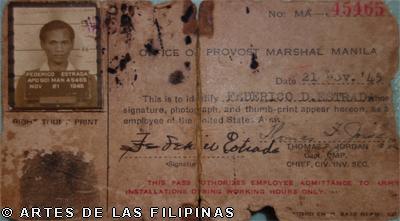

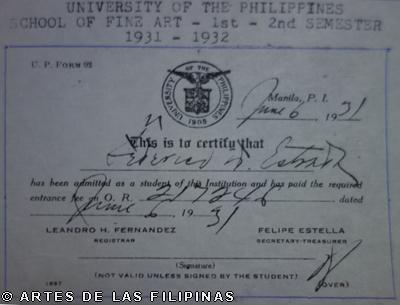
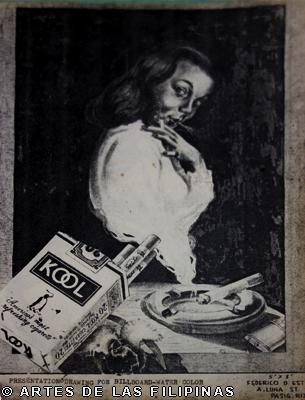
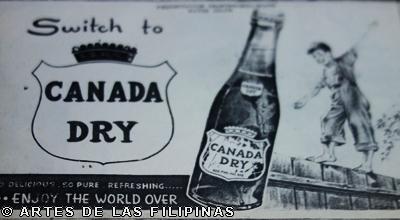
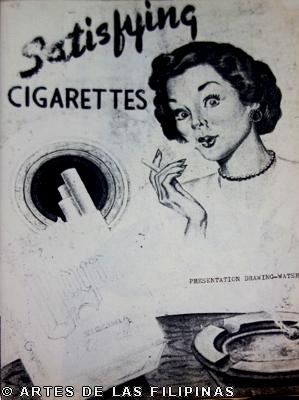
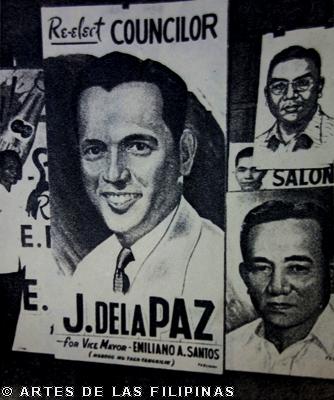
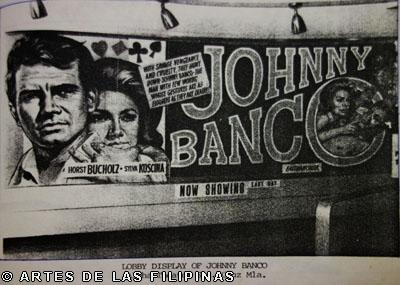
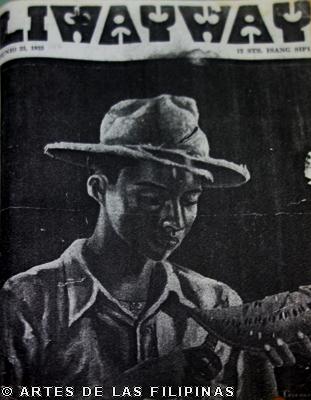
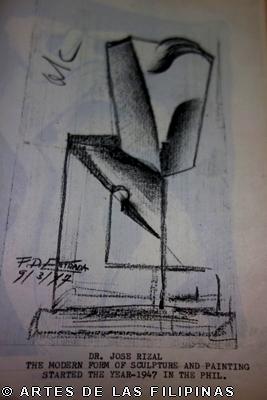
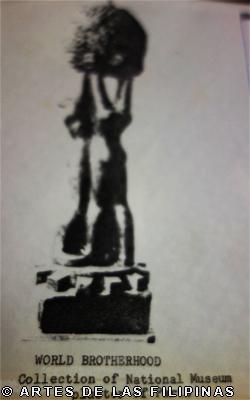
World Brotherhood
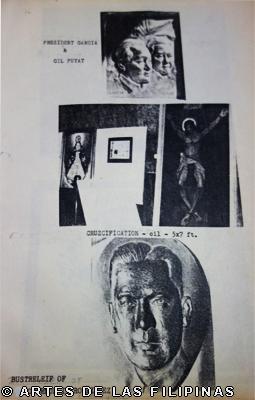
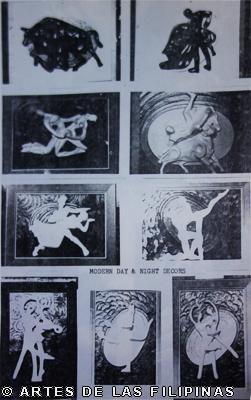
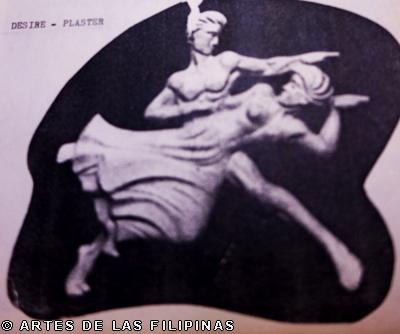
Desire
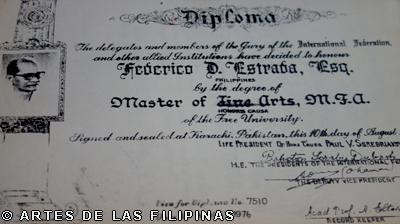
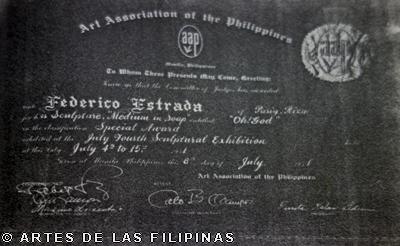
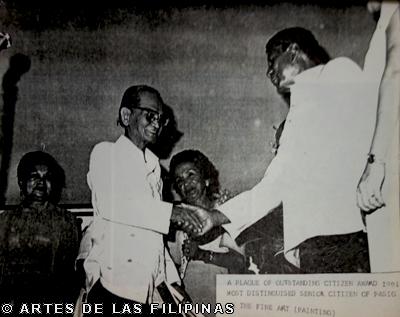
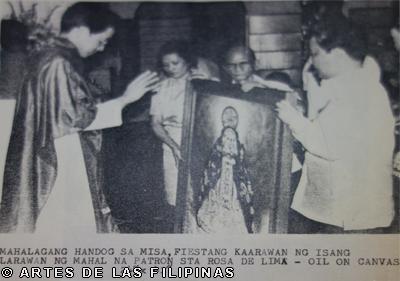
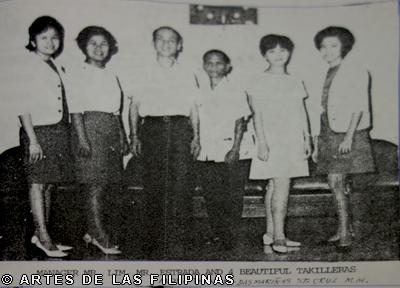
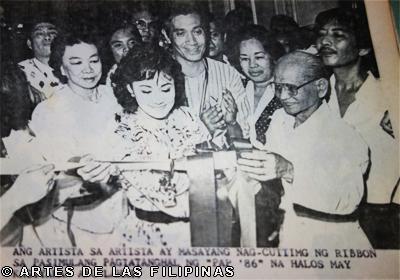
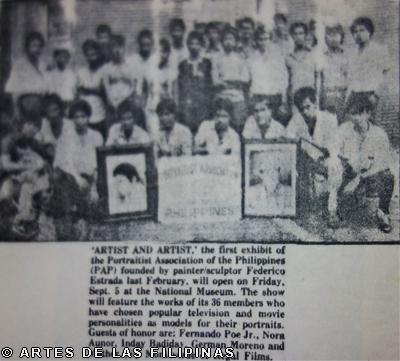
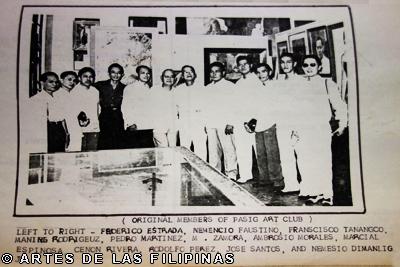
He was appointed president of the Sining Kulturang Pasig in 1985 and the following year, founded the Portraitist Association of the Philippines. That same year, the group had its first exhibition, Artist and Artist at the National Museum where the show featured the works of its thirty-six members who have chosen popular movie personalities as models for the portraits. Guests of honor included Fernando Poe Jr., Nora Aunor, Inday Badiday, German Moreno and Lily Monteverde who cut the ceremonial ribbon.
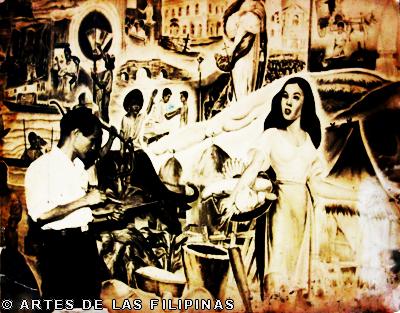
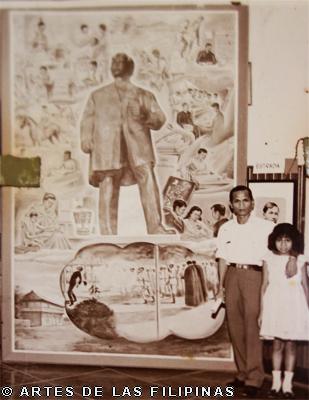
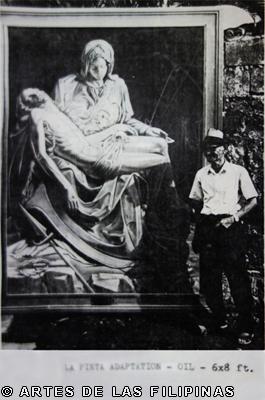
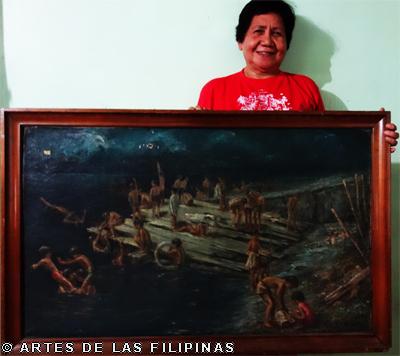
Federico Estrada’s eldest daught, Ester Reodica holding
her father’s Bayside Kids




